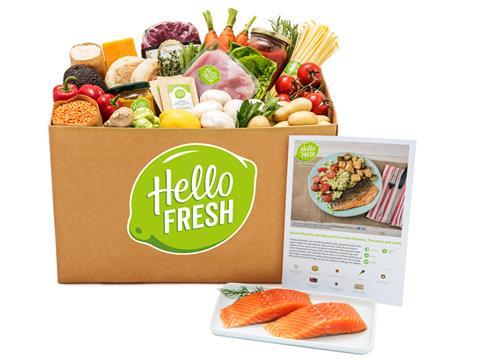
HelloFresh is taking aim at the stock market once again as it prepares an initial public offering valuing the company at up to €1.5bn (£1.3bn).
The recipe box company is planning to float on the Frankfurt Stock Exchange and raise between €250m-€300m in the IPO to fund the continued growth of the business, including “strategic flexibility for new business lines”.
The move comes after US rival Blue Apron joined the New York stock market in June. The company performed below expectations and shares have fallen dramatically since Amazon made a tentative foray into the US recipe box market in July.
As an international business, HelloFresh will be hoping it doesn’t suffer the same fate as Blue Apron.
Although the US is its most important market - accounting for nearly half of its revenue - the business is based in Germany and has built up a presence in nine countries including Australia, Canada and the UK.
The move will mark the second time HelloFresh has attempted to go public. In 2015, parent company Rocket Internet planned to float the recipe box business at a far higher valuation of €2.6bn (£2.3bn).
But it was forced to pull out of the plans due to the company’s high ‘burn rate’, which saw it spend far more on marketing and fulfilment costs than it generated in revenue.
At the time, technology analyst Neil Campling at Aviate Global added: “Absolutely no one I spoke to had any appetite for this deal.”
Since then, revenues at HelloFresh have grown exponentially, up 96% to €597m (£533m) for the year ending 31 December 2016. Losses also fell in 2016, down 22% to €90m (£80m).
But half-year results for 2017 suggested losses were on the rise again as the company spent €162m (£144m) and €123m (£110m) on fulfilment and marketing respectively. The spend resulted in losses increasing 8% to €57.1m (£50.8m), despite a 49% boost to revenues to €435m (£388m).
However, CEO Dominik Richter said HelloFresh was hoping to break even within the next 15 months.
“The public listing marks the next logical step to further expand our business, to secure our position as the leading global player and to pursue our long-term growth strategy,” he said. “In 2011, we started with the mission to change the way people eat. Since then, we have built a dynamic, data-driven organization with scalable production processes across ten international markets. We have established a brand loved by millions of loyal customers.”



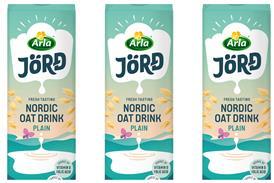




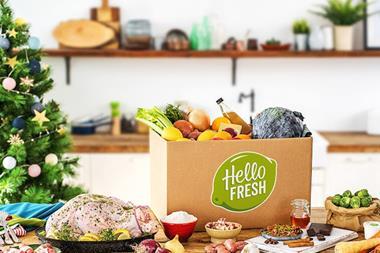
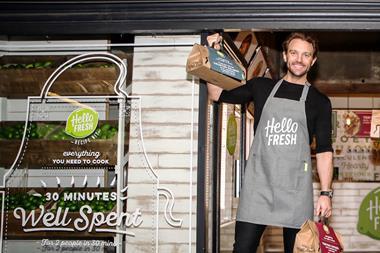
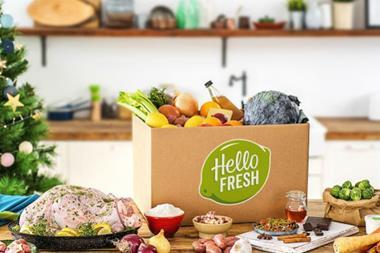

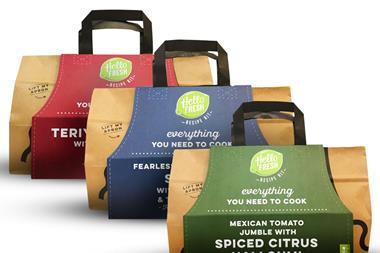

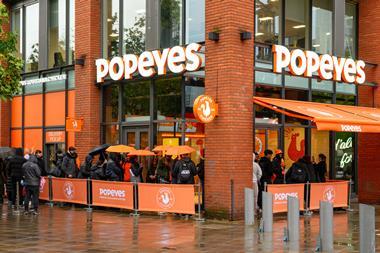


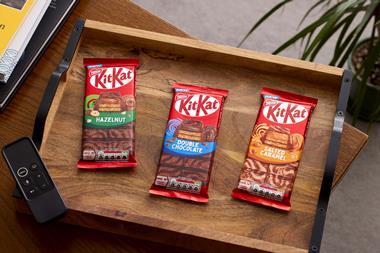
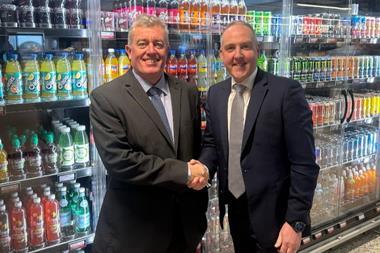
No comments yet